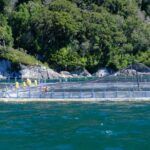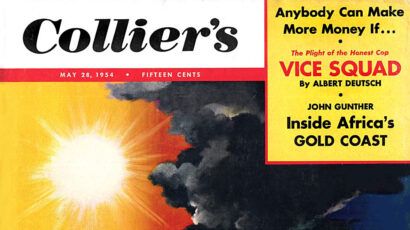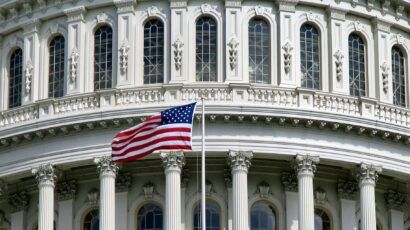No one builds bases like Americans
By Dan Drollette Jr | June 23, 2014
“The American military base in the Philippines was a frequent source of tension between the countries, who are treaty allies,” the New York Times’ Mark Landler wrote in April.“We have a long history as an alliance, but also a complex history,” Benjamin J. Rhodes, a deputy national security advisor, was quoted as saying in that same article.
And the tension and complexity are not confined just to the Philippines; the 50,000-man base on Okinawa, for example, has long been the site of protests, so much so that Tokyo and Washington have been promoting plans to move it to a more remote area of the island.
Of course, such anti-base sentiment goes up and down with events. When American ships and planes displayed a swift response to humanitarian needs after Typhoon Haiyan, the popularity of the US military went up among Filipinos. At the other extreme, support for Marine Corps Air Station Futenma on Okinawa plunged after three US servicemen there raped a 12-year-old Japanese girl back in 1995. The latest surveys show that about 75 percent of the people on Okinawa do not want a newly situated base, even on the most distant part of their prefecture.
The ever-shifting geopolitical situation plays a role in host-country perceptions of US bases, as well. In East Asia, those countries are inclined to like the visible presence of the United States military at the moment, as they face off with the Chinese government over competing claims to islands, coral reefs, and even individual oil drilling platforms in the South China Sea.
But the events of the day aside, what accounts for the simmering dislike American military bases often engender?
Their sheer scale is certainly a contributing factor. Each base can be huge, sometimes nearly the size of a small city, with all the related infrastructure. As war correspondent Malcolm Browne—who spent 40 years covering the subject for US newspapers, from Korea to Afghanistan—once observed in his memoir: “No one builds bases like Americans.”
Not only are they large; there are a lot of them, and Bulletin readers know the ebb and flow of feelings toward American military bases are nothing new.
As Hugh Gusterson noted in the Bulletin five years ago, the Pentagon’s own list contains more than 1,000 US military bases in other countries, or 95 percent of all the overseas bases in the world. “In other words, the United States is to military bases as Heinz is to ketchup,” Gusterson wrote. Or, as historian Chalmers Johnson says in the same piece: “America’s version of the colony is the military base…”
Even if politicians and pundits seem oblivious, treating the stationing of US troops all over the world as if it were as natural as breathing, the bases are attracting increasing attention from academics and activists, Gusterson noted. The titles alone of the books he quotes on the topic say a lot: Bases of Empire by Catherine Lutz; Island of Shame: The Secret History of the US Military Base of Diego Garcia by David Vine; and Military Power and Popular Protest by Kat McCaffrey.
Even when the locals accept the presence of a given US military base in their country, their attitude is often one of grudging tolerance. The bases inevitably discharge toxic waste into the local ecosystem. No one likes to live in the same general neighborhood as a live-bombing practice range or to cope with the leftovers—a landscape that is, Gusterson writes, “littered with exploded and unexploded ordinance, depleted uranium rounds, heavy metals, oil, lubricants, solvents, and acids.” And the sordid things that America has done to obtain base concessions from local strongmen have not helped.
Richard J. Kessler, a fellow at Georgetown University’s Center for Strategic and International Studies, wrote in these pages in 1985 that the presence of US bases in the Philippines—accompanied by vast amounts of US financial aid—firmly yoked America to the dictator Ferdinand Marcos in the popular mind. He noted that Filipino demonstrators labeled the regime “the US-Marcos dictatorship.”
“A new rationale will have to be provided to Filipinos as to what benefits they should receive from an American military presence,” he wrote nearly 30 years ago—something that sounds like it could have been ripped from a news article today.
Editor's note: The full archive of Bulletin print issues—from 1945 to 1998 and complete with covers and other illustrations—is available here.
Together, we make the world safer.
The Bulletin elevates expert voices above the noise. But as an independent nonprofit organization, our operations depend on the support of readers like you. Help us continue to deliver quality journalism that holds leaders accountable. Your support of our work at any level is important. In return, we promise our coverage will be understandable, influential, vigilant, solution-oriented, and fair-minded. Together we can make a difference.
Topics: Analysis, Special Topics















